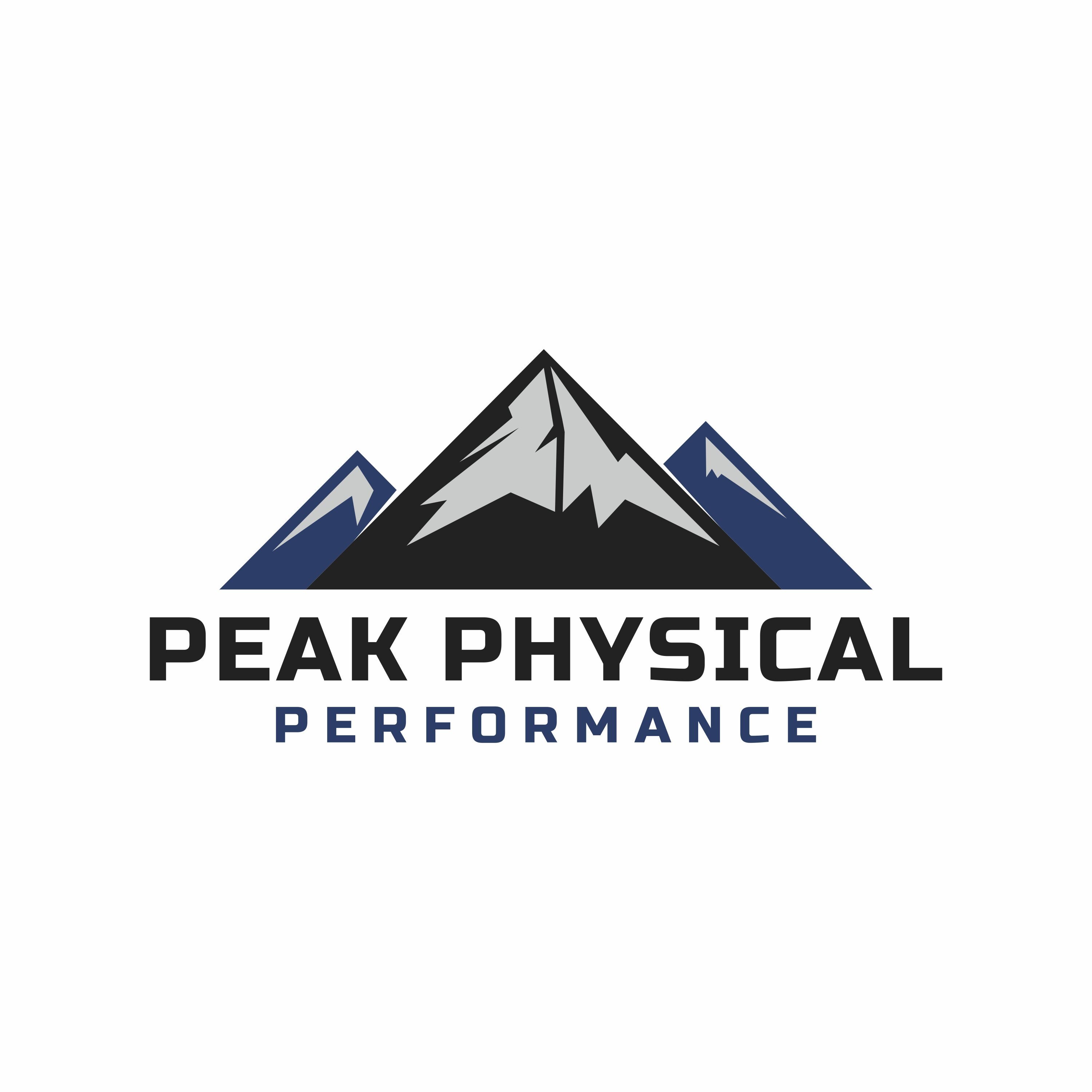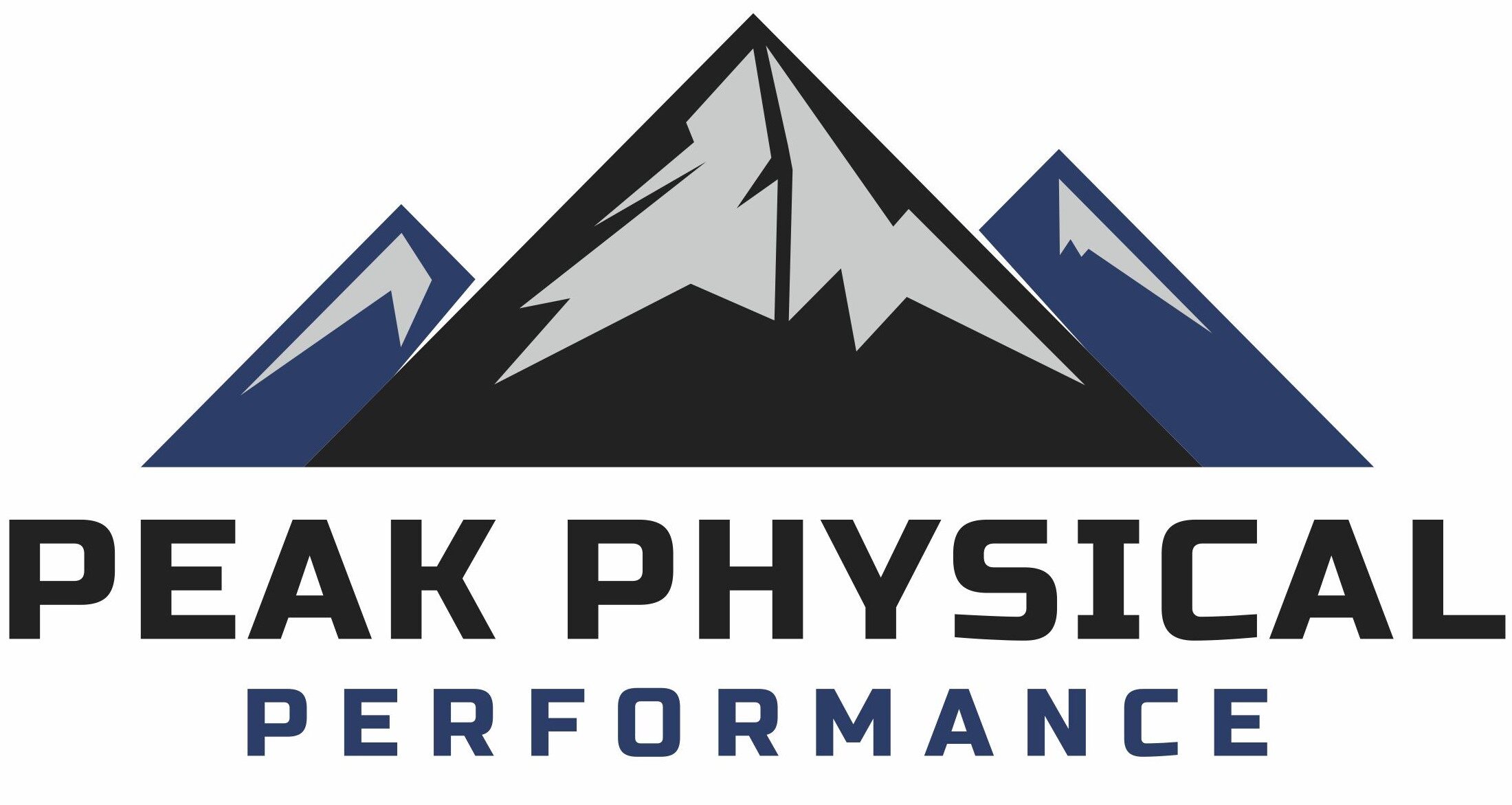In the world of sports, athletes constantly seek ways to enhance their performance and minimize the risk of injuries. While rigorous training and proper nutrition are crucial elements, integrating physical therapy into an athlete’s regimen can significantly optimize their capabilities. Let’s delve into how physical therapy serves as a cornerstone in unlocking peak athletic performance.
Improving Flexibility and Range of Motion: One of the primary objectives of physical therapy is to enhance flexibility and range of motion. A study by Hrysomallis (2007) found that improved flexibility correlates with increased athletic performance and reduced risk of injuries among athletes. Through targeted stretching exercises and manual therapy techniques, physical therapists help athletes achieve optimal flexibility, allowing for better agility, coordination, and overall movement efficiency.
Addressing Muscular Imbalances: Muscular imbalances, where certain muscle groups are stronger or tighter than others, can hinder athletic performance and predispose athletes to injuries. Physical therapists conduct thorough assessments to identify these imbalances and design customized exercise programs to correct them. By strengthening weak muscles and stretching tight ones, athletes can achieve better balance, stability, and biomechanical efficiency, as supported by research by Myer et al. (2011).
Injury Prevention and Rehabilitation: Injuries are a common setback in sports, but physical therapy plays a vital role in both preventing and rehabilitating them. By implementing targeted strengthening exercises, neuromuscular training, and proprioceptive drills, physical therapists help athletes improve their body mechanics and proprioception, reducing the likelihood of injuries (Hübscher et al., 2010). Moreover, in the unfortunate event of an injury, physical therapy facilitates a safe and efficient recovery process, enabling athletes to return to their sport stronger and more resilient.
Enhancing Core Stability and Functional Movement: A strong and stable core is fundamental for athletic performance across various disciplines. Physical therapists employ specialized exercises to strengthen the core muscles, including the abdominals, obliques, and lower back, which are essential for generating power, maintaining balance, and transferring forces efficiently (Willson et al., 2005). Additionally, by focusing on functional movement patterns relevant to specific sports, physical therapy helps athletes optimize their performance by improving coordination, speed, and agility.
In the pursuit of excellence in sports, athletes must recognize the invaluable contribution of physical therapy in maximizing their performance potential. By addressing key aspects such as flexibility, muscular imbalances, injury prevention, core stability, and functional movement, physical therapists empower athletes to reach new heights while minimizing the risk of setbacks. Incorporating physical therapy into an athlete’s training regimen is not just about recovering from injuries but also about optimizing performance and achieving peak athletic prowess.
References:
- Hrysomallis, C. (2007). Relationship between balance ability, training and sports injury risk. Sports Medicine, 37(6), 547-556.
- Myer, G. D., et al. (2011). The effects of plyometric vs. dynamic stabilization and balance training on power, balance, and landing force in female athletes. Journal of Strength and Conditioning Research, 25(8), 2135-2142.
- Hübscher, M., et al. (2010). Neuromuscular training for sports injury prevention: a systematic review. Medicine and Science in Sports and Exercise, 42(3), 413-421.
- Willson, J. D., et al. (2005). Core stability and its relationship to lower extremity function and injury. Journal of the American Academy of Orthopaedic Surgeons, 13(5), 316-325.



Comments are closed